Our clients are increasingly integrating scenarios and indicators into their workflows. Senior associate Barbara Kelemen explores why these tools are in demand – and how to create scenarios which are actually useful to your company (not just a flight of imagination).
In early 2023, a crisis in the Taiwan Strait no longer seems unthinkable. A potential conflict (short of invasion) is one of the main priorities for global policymakers. So it is not surprising that over January, several global corporations asked us what we think are the most plausible developments this year and beyond.
Rather than simply issue a forecast, our Security Intelligence and Analysis Service (SIAS) published a detailed small set of three scenarios for security teams to consider. Each of our three scenarios painted a picture of how circumstances could evolve and what the impact on businesses might be.
So why have they spiked in popularity? And how do you create scenarios that are relevant and useful to your organisation – even when your time and resources are limited?
Bringing the possibilities to life
Future scenarios have become an increasingly popular tool for corporate security teams. They use this tool to prepare for various potential outcomes during a fast-changing crisis like the early days of the war in Ukraine; and to plan ahead for more long-term, strategic issues, like a potential conflict in the Taiwan Strait.
At Dragonfly we have seen demand for scenarios rise in the last couple of years, as security teams have found them useful to integrate into a broader analysis of their risk landscape.
Because scenarios are not dry data points but detail-rich portraits of possible futures, they allow security teams and senior decision-makers to visualise the specific implications of each outcome for your organisation with unparalleled clarity, and plan accordingly.
By developing scenarios, you are also focusing your attention on a relatively small number of relevant risks. This simplifies your monitoring going forward and relieves you of an almost impossible task – making sense of an avalanche of information, alerts and news items, which are often irrelevant to your organisation.
It’s a highly structured approach to evaluating risks, which removes bias and creates a robust framework for well-informed decision-making – helping you to effectively protect your people, your customers, your assets and your reputation.
The problem is how to identify the problem
However, scenarios are not about letting your imagination run free. Developing scenarios that are actually useful to your organisation requires a rigorous methodology and framework. They must meet at least three key criteria:
1. Stay grounded in reality
When the situation is complex, which it almost always is, there are many possible outcomes. But in reality, there are only a few scenarios that really matter – and even fewer that matter to your organisation.
Scenarios are not about what is possible but about what is important and what is realistic.
To focus on these, you must identify the relevant stakeholders, main driving forces and motivations of each actor in the scenario. And it’s not enough to assess their intent; you must assess their capabilities as well. Assessing which of the possible scenarios is most likely requires significant subject matter expertise.
2. Focus on scenarios that have an impact on your business
There are some scenarios that are highly plausible but will probably entail no significant change for your business – for example, in some cases, maintaining the status quo. For your scenarios to be useful, focus on the ones that are not only realistic but impactful. Be selective about which you choose to highlight to your team and stakeholders to spark meaningful discussion and planning.
3. Include indicators
Identifying potential futures is not enough. Particularly today, when the economic and geopolitical environments have become increasingly volatile, you also need a tool to ascertain whether and when given scenarios are actually coming to pass.
To achieve this, include relevant indicators that signpost whether each one of those scenarios is materialising. Be specific, both in terms of their nature and timeline. For instance, one of the indicators that China might be seeking to trigger a major crisis around Taiwan at short notice would be a reduction or turning off of shared utilities like electricity and water between mainland China and Kinmen and Matsu.
You can use these indicators over subsequent months to cut through the noise, immediately interpret the significance (or insignificance) of events and explain the implications to your board with confidence.
Scenarios are probably not new to your team and you may have already used this method in-house. But the process requires significant regional expertise and time – and if your corporate security team has seen its resources slashed following the Covid-19 pandemic or due to economic conditions, you might find your capacity restricted. Another potential challenge is gathering enough resources and proficiency on the topic during a fast-changing crisis when timing is of the essence and more attention to detail is key.
Make use of our rigorous methodology and forecasting models
This is where Dragonfly’s SIAS subscription service can help. We frequently publish relevant scenarios that you can use both in times of crisis or when looking into more complex long-term issues. They are often developed in response to client demand. Recent examples of conflict-focused scenario assessments include Ukraine, Armenia / Azerbaijan, Korea and Iran / Saudi Arabia.
- Developed by our specialists. Our thought-provoking scenarios are developed by our regional specialists, who have the expertise and frameworks to assess which scenarios are realistic.
- Focus on what’s important to you. They not only map out what might happen but the potential implications for your business, to aid your planning and help you initiate meaningful discussions with senior decision-makers.
- Include probabilities. We assign probability levels to each of our scenarios, so you have guidance on how much resources you should allocate to relevant plans and mitigation for each scenario.
- Integrate indicators. And they are always accompanied by a specific set of indicators signposting whether the scenarios are materialising. The convergence of several of these indicators would suggest the scenario is becoming more likely.
This reduces your workload by narrowing down future monitoring of the situation and enables you to reassign your resources to other tasks while tracking developments.
At the same time, the indicators can serve as useful instruction for when these resources should be augmented, or when the mitigation plans should be triggered.
Our work also aims to make risks and scenarios more tangible for your decision-makers. By visualising potential impact and outlying the dynamics in a clearly defined language, we leave no room for confusion or inaccuracies. This makes it easier for your team to explain your assessments to your board, and empowers your decision-makers to understand geopolitical developments at a deeper level.
Case study: SIAS approach to crisis in Taiwan
Take the set of scenarios we created for a potential crisis in the Taiwan Strait in 2023 and beyond: We originally developed these in August 2022 but updated them in early 2023 because scenarios should remain fresh – like any forecast. Our process involved speaking to a wide range of sources in Asia and Europe, including senior security managers from various industries, diplomatic contacts and former government officials, in order to properly assess not only what is possible – but also what is likely to happen, and may be important to businesses.
This enabled us to provide an outlook for the operational and strategic environment in the Strait in the coming few years. For example, we assessed that the most likely scenario (80%) would be a continuation of the status quo, with China pursuing a strategy of gradual military, economic and political coercion against Taiwan. We assigned a 30% probability to the scenario of China triggering a major crisis, short of war; our indicators for this included not only strategic early warning signs but indicators that this scenario was liable to occur at short notice. Finally, we concluded that a Chinese invasion of Taiwan is extremely unlikely (5%) in the coming two years. But we still included this outlier scenario due to client interest and because of its importance beyond the stated timeline.
Not only did clients use these new scenarios to sense-check their own assessments and assumptions, but at least one client used the scenarios for their own internal tabletop exercises.
To take a closer look at the SIAS platform and learn how to access our scenarios and indicators, please get in touch with our specialists today.
Image: Cross-sea bridges at dusk. Photo by Zhengshun Tang via Getty Images.




